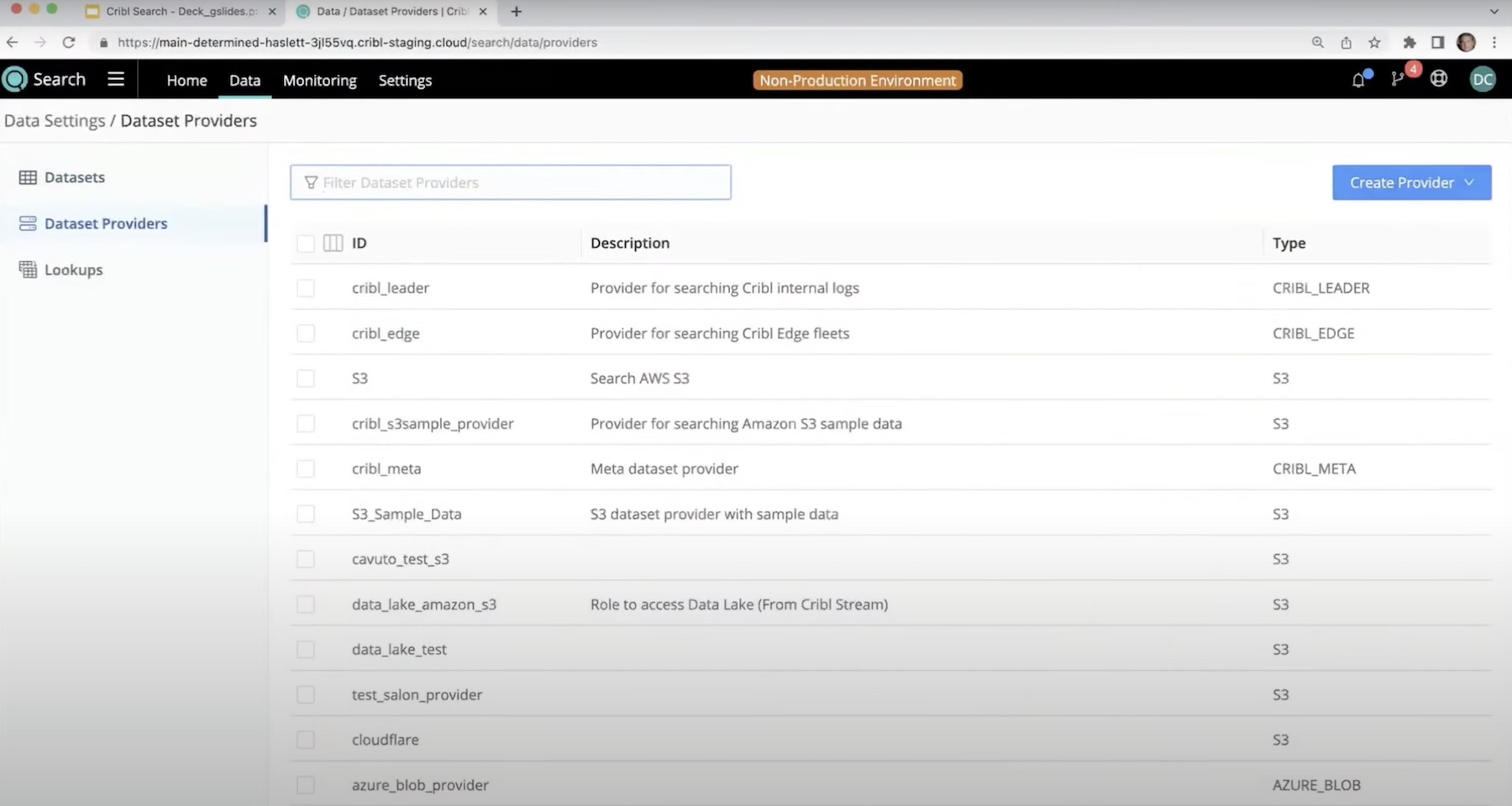One of the benefits of the public cloud is elasticity. It cannot be understated that the ability to dynamically provision resources has and will continue to change the enterprise. But as much as we’ve heard promises of how the cloud will cure everything, there’s also been a renewed appreciation for the strengths of having certain parts of your infrastructure on-premises. One has only to look at the number of hybrid cloud solutions to see that. Often, moving resources to the cloud is either undesirable, or cannot be done to guarantee current SLAs. For many businesses, the cloud just isn’t feasible.
So what if you took cloud management and brought it on-prem? At Tech Field Day, I saw a presentation from Igneous Systems that proposed just that. But their solution required a pretty large upfront block buy in, 212TB. This takes away management headaches, but doesn’t give you the dynamic provisioning the cloud allows. What you would need is on-prem storage as a service. Zadara Storage is offering just that, and more.
The elevator pitch for Zadara is pretty enticing. What if you had on-prem storage, but only paid for what you used? Sure that’s great! Also throw in a flying time machine while you’re at it!

Consumer cold fusion I accept, but dynamic on-prem storage?
Zadara is offering storage as a service (which annoyingly cannot be abbreviated SaaS without confusion, perhaps STaaS?) wherever you want it. They originally started with only a cloud product, but since 2014 have offered on-prem and hybrid options. It’s been pretty popular, accounting for 40% of their business.
After learning some details, I can see the appeal. In comparison to something like Igneous, where you pay upfront for your 212TB chunck, Zadara will send you a storage appliance, and you owe them nothing up front. In speaking with the company for a briefing, they admitted that this is a bit of a risk, but count on their service being appealing enough that it will pay off. Zadara sends it to prospective customers with a potential capacity based on need. However the customer only pays for the capacity used per hour. It’s a pretty flexible solution. This can be extended into the cloud if extra capacity is needed on the fly, or Zadara will send additional devices to the organization as it sees provisioning needs grow.
As far as their cloud offering, it seems like a comprehensive private cloud offering. I’ll be honest, I was surprised they started out as a cloud company. I imagine handling the shipping and provision of on-prem hardware to be a big burden for a business. To take that on after running a successful cloud offering tells you that they are both confident in their solution, and that they see on-prem as not just being a holdover, but still highly relevant in the enterprise.
Zadara says they are able to make the economics of their StaaS model work because they’re basically using the same hardware for both the cloud and on-prem. They’re using mass produced commodity hardware on their products, so they’re able to keep that as a fixed and stable cost component.
One of the more appealing items for their cloud offering, all the drive you pay for are dedicated, with the ability to provision both spinning disk and flash. The company has different tiers for the different configurations, but overall they never stray from their promise of only charging for what you’re using. I kept trying to find the “gotcha” moment when there would be some hidden cost structure, but as far as I saw, it’s pretty straight up.
As far as cost savings go, Zadara is seeing 50% savings in the long term. The benefit of their solution is that it never gets more expensive, you’re only ever paying for what you’re using. You’re never paying for potential capacity. The other cost savings for on-prem storage is Zadara takes over management of their storage, the cost of support is baked into storage expense. This aspect seemed very much in line from what I saw with Igneous. They handle automatic updates for security patches and feature updates. The have the appliance setup so that it’s never actually viewing your data or what’s going on internally with your data or network.
The company is also gearing their offerings with a suite of specialized container services, thoughtfully called Zadara Container Services. This allows you to run Docker apps directly on your storage, eliminating the need for a VM and inherent network latency that would entail. Honestly, this seemed interesting enough to almost warrant a separate product category. It’s nice to see tailored offerings for this emergent use case. With ZCS, Zadara has built in full search and indexing, compression, and robust data governance to keep your containers as lean and efficient as possible within their storage.
If you want the flexibility of the cloud, but want or need on-prem storage, Zadara seems to have a supremely flexible offering. For organizations worried about compliance or security with cloud storage, Zadara gives you the same agile and hands-off management, but all from the comfort of your data center. The best part is, if your organization wants to migrate more to the cloud, you Zadara can just as easily accommodate you there.




